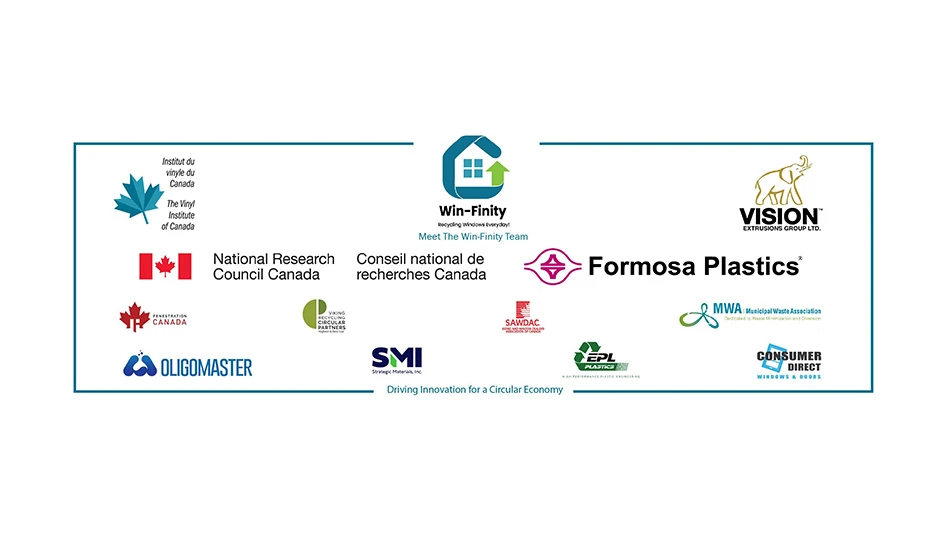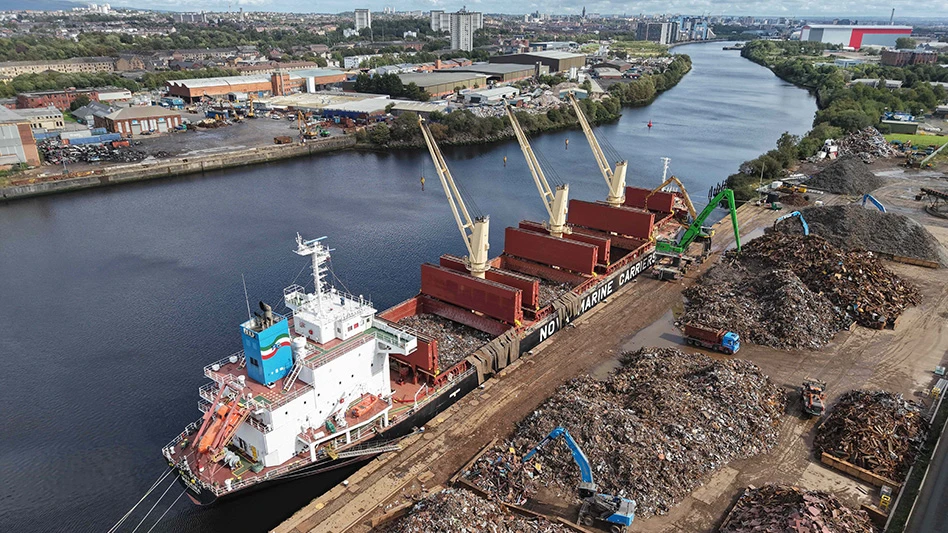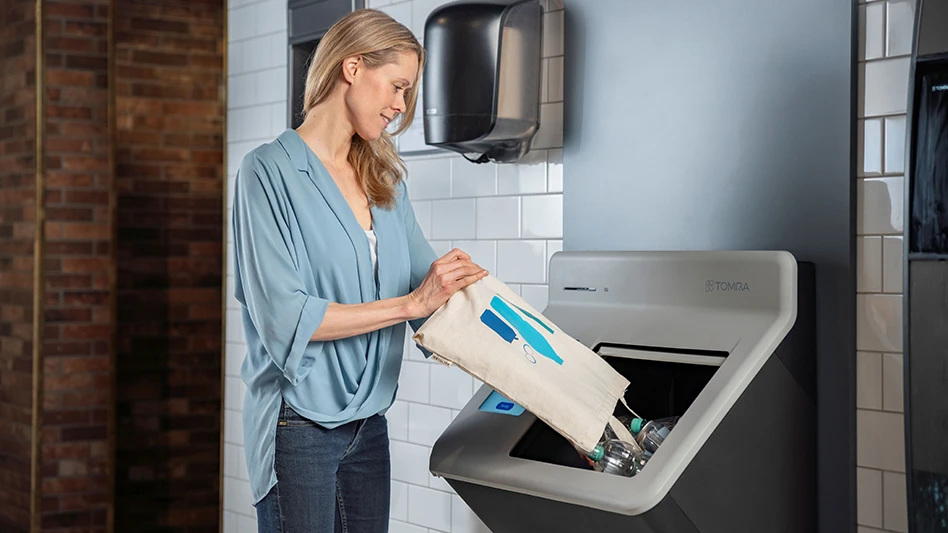
A scary situation is occurring with residential mixed paper—about 2 million tons per year of this material in the United States need to find new homes since China placed restrictions on recovered paper imports. To add to the challenge, about 60 percent of mixed paper coming to U.S. material recovery facilities (MRFs) has no value.
Bill Moore, president of Atlanta-based Moore & Associates, said he thought the issues with residential mixed paper have been escalating for a while.
“Even before [the] China issues, mixed paper was a ragged grade,” Moore said during the Alternative Markets for Mixed Paper session at the 19th annual Paper & Plastics Recycling Conference, Oct. 17-19, in Chicago. “Things were not happy in the mixed paper market for 15 to 20 years.”
With the growth of single-stream recycling during the last decade, mixed paper quality has decreased significantly, making it a mounting concern regardless of China’s restrictions. However, Moore said, China’s restrictions ultimately collapsed the market.
With so much low-value residential mixed paper available in the U.S. and its main export market closing its doors, changes must be made. Material streams entering MRFs need to be cleaner, MRFs need to improve their processes to ensure a higher quality end product and new end markets need to be found. Moore said it will take years for the industry to return to stability with mixed paper, but he was optimistic that the industry will get to that point.
“Even before [the] China issues, mixed paper was a ragged grade. Things were not happy in the mixed paper market for 15 to 20 years.” – Bill Moore, Moore & Associates
“[Mixed paper is] a large source of fiber,” he said. “The situation will get better one year out, two years out.”
The Alternative Markets for Mixed Paper session also featured input from Susan Robinson, federal public affairs director at Houston-based Waste Management (WM), and Steve Miller, CEO of Bulk Handling Systems, Eugene, Oregon. Robinson offered her insights on how the mixed paper issues are affecting collection and processing, while Miller provided his insights on how the issues are affecting equipment and technology being used in MRFs.
The collection perspective
In recent years, Robinson said most residential mixed paper has come from single-stream recycling. She added that the cost of processing recyclables has gone up dramatically at WM facilities, while the value of material has decreased. “Mixed paper makes up 20 percent of the overall stream, and that value has gone down a lot,” she said.
Overall, residue has increased at MRFs. While most facilities were made to handle old newspaper (ONP), mixed paper, tin, aluminum, glass and plastic bottles, what’s flowed into single-stream recycling programs—yogurt cups, clamshells and plastic trays to name some items—has changed considerably.
About a decade ago, WM single-stream facilities had contamination rates of about 8 percent. Today, Robinson estimated that number has more than doubled. She said WM is not unique in its experience with increased contamination rates.

Infographics courtesy of Susan Robinson's presentation
“The magnified issue overall across the country is an increased amount of contamination in our recycling programs,” Robinson said. “You factor [contamination] in, and it really plays into that overall drop in the average value of a ton of recyclables.”
She said the industry has had conversations about facilities transitioning to dual-stream recycling to reduce contamination. However, Robinson said she doubts many facilities will shift in that direction because of the cost and labor-related issues associated with dual-stream collection in addition to the reduced convenience for residents.
She said she thinks a combination of education and improved technology is key to reducing contamination rates to improve market opportunities for mixed paper.

“The next year or two will be rough,” Robinson said. “The good news is markets for paper will improve—domestic demand is increasing. New equipment is being added to help clean up the stream. Success requires a lot of investment in quality. Education of our customers must be built into the cost of our programs so that we ensure we provide good quality product for the long run.”
The technology perspective
Mixed paper might be a tougher commodity to move profitably in the current market, but Miller said mixed paper sold for $87 per ton just last year.
Miller said he thought mixed paper still held value—it offers good fiber content for paper mills—but it’s not being captured because of contamination.
“Your customers understand mixed paper is terrific fiber,” he said. “[Mixed paper] has 45 percent fiber content, and [your customers] are taking advantage of that. There are ways to bring the returns back.”
To improve mixed paper quality, Miller said MRFs need to remove contamination by investing in technology. He said camera tools can be used to help MRFs determine various paper products by color to better sort them. “If you can do that, we can make products that are marketable, and you can capture more value,” he said. “With this technology, OCC (old corrugated containers) can be up to $91 per ton and mixed paper quality can be $70 per ton.”
Also, Miller said 2-D or 3-D separators can help MRFs reduce their need for additional labor while also improving the quality of their end products.
To improve mixed paper quality, Miller recommended companies invest in equipment and technology to reduce contamination. He reminded attendees that changes need to be made to increase end product quality if companies want to receive returns on their mixed paper bales.
“This is not the first transition the industry has been through, but it’s not the last,” Miller added. “A major customer for the industry closed its doors, and everyone’s scurrying to find replacements. In the meantime, you can take matters into your own hands and make investments to improve your process and make sure you capture value that’s inherent in material.”
Get curated news on YOUR industry.
Enter your email to receive our newsletters.
Explore the December 2018 Paper Recycling Supplement Issue
Check out more from this issue and find your next story to read.
Latest from Recycling Today
- COMEX copper comes down
- IWS acquires North Atlantic Waste & Recycling
- WM opens 2 new recycling facilities
- Poll indicates majority of Americans connect rising grocery costs with steel tariffs
- Atlantic Heavy Duty opens Wilder, Kentucky, regional service center
- True to its core
- McKinsey recommends additional aluminum sorting
- Sabert acquires fiber-based packaging producer Colpac






